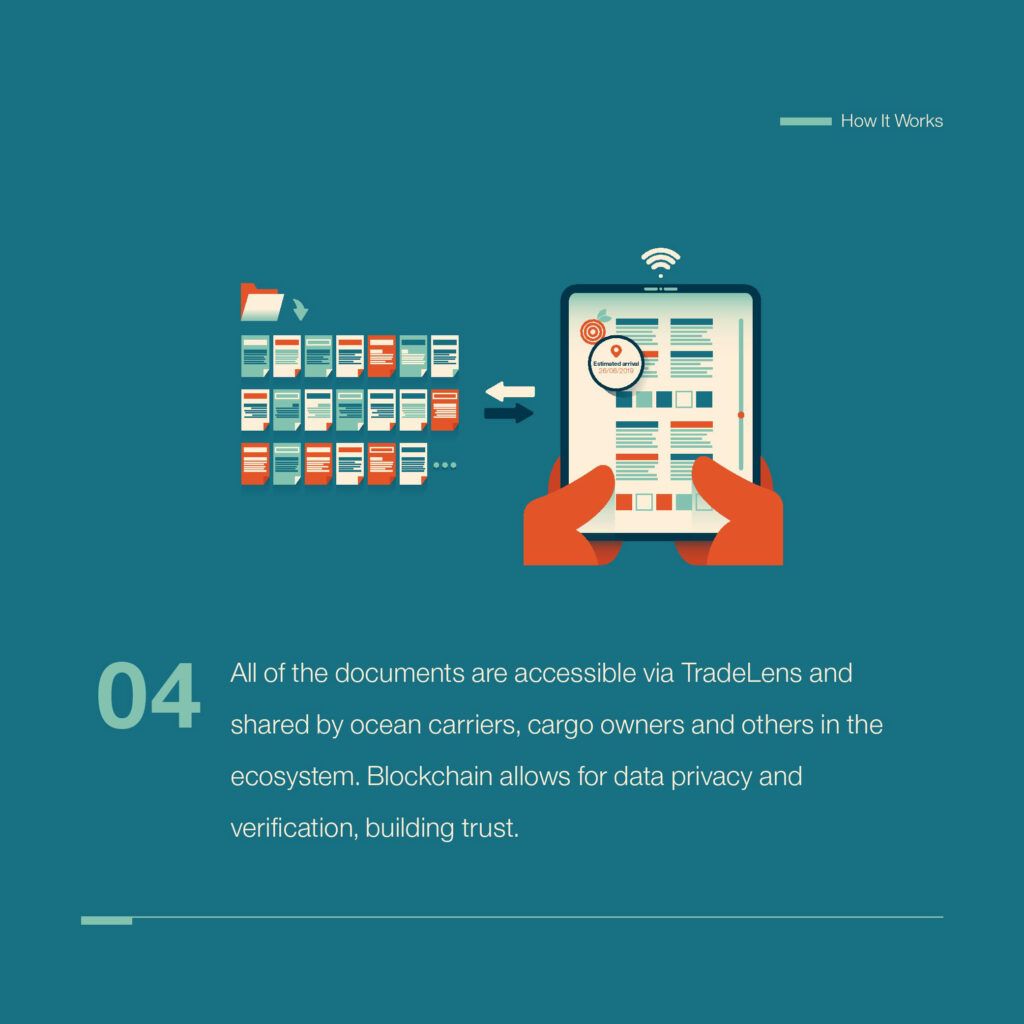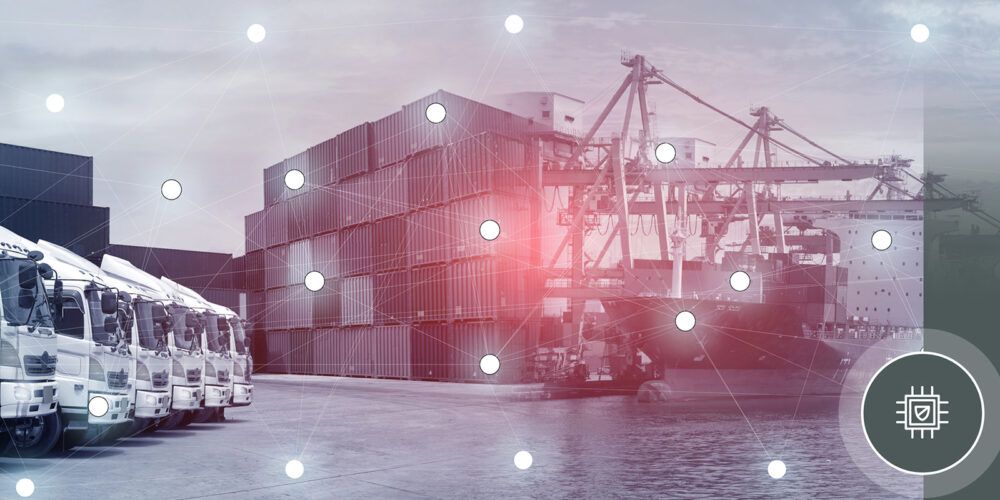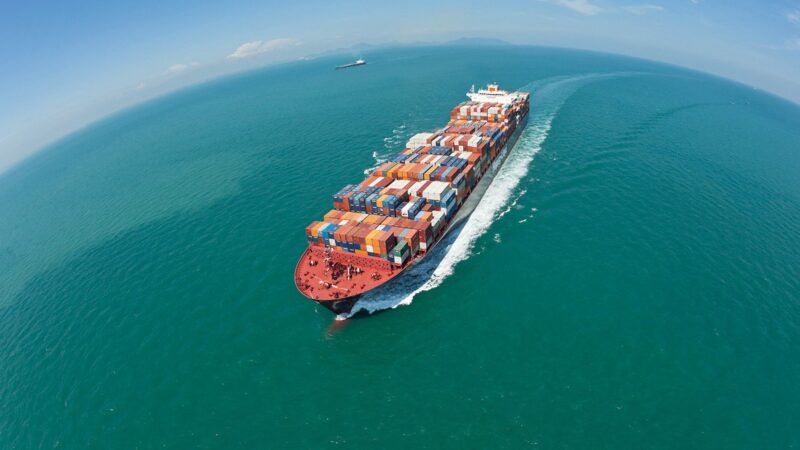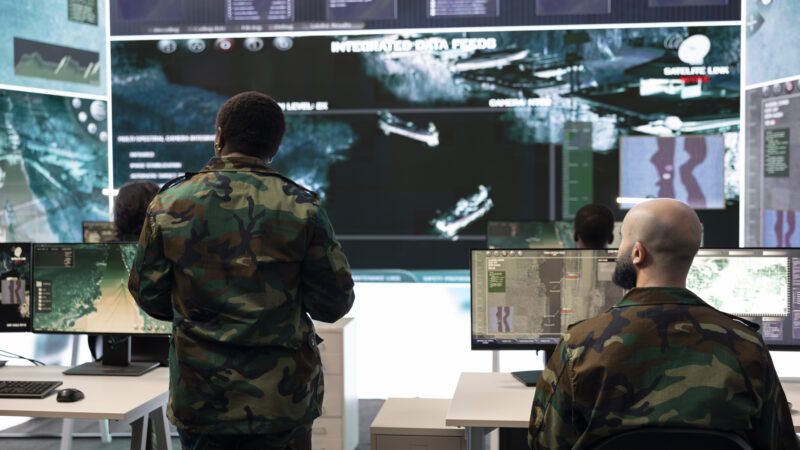TradeLens and the Port of Barcelona
The Port of Barcelona joined TradeLens in May 2021 when PORTIC, the Port Community System of the Port Community of Barcelona, was integrated into the platform. “At the end of 2020 they contacted us with a specific request through Maersk in which they asked us to forward information about the shipping company and publish it on TradeLens. This was the beginning of this integration,” recalls Javier Gallardo, director of PORTIC.
PORTIC, in exchange for publishing the TradeLens events that take place in Barcelona, gets access to those that take place outside, since at the moment in which a consignment
TradeLens also lands in China
The China Unicom Digital Tech company has partnered with the TradeLens technology platform for its official commercialization in China, as Maersk recently announced. The Asian company will host and operate the platform in China and make it available to exporters and importers in the country. With this partnership, the shipping company connects the second largest economy in the world to the platform and, according to the Danish firm, improves the network coverage of global services.
Maersk estimates that one in three export containers originates from China, and one in six import containers originates from China.
The CEO of AP Möller Maersk in China, Caroline Wu, highlights that TradeLens “will provide new tools to facilitate industry innovation and help our clients accelerate their digital agendas. They need enhanced visibility to drive efficiency and resilience and they need digital solutions that help reduce the disruptions created by the pandemic."

China Unicom Digital Tech Vice President Haifeng Chen says that by joining forces with TradeLens they optimize their strength in cyber, data and transaction security. "Taking advantage of the Internet of Things (IoT), blockchain and other technologies, the standardization, visibility and intelligence of logistics services will be achieved, helping to build a connected, reliable and highly efficient logistics network," he explains.
Also, the vice president of Industrial Business Development of IBM China, Xin Li, stressed that the growing interest in TradeLens from Chinese companies "is a strong indication of how the increasing complexity in the container shipping industry requires the use of advanced technologies to promote greater efficiency in a highly dynamic market.”
The sucess of TradeLens
For Javier Gallardo, the success of TradeLens lies in the fact that other large shipping companies such as CMA CGM and MSC join the system. "At first it was difficult to think that [these shipping companies] would bet on a system powered by Maersk, but there is a great demand for information on the location of containers and the need to standardize and harmonize data and processes," he reflects.
Olga Blanco expresses a similar idea, since she ensures that the future of the platform is to continue to incorporate all the agents until the global network is fully mapped. "This will give the chain a lot of efficiency and a lot of confidence for the consumer, who will be able to know with complete certainty where the product they purchase comes from and where it has passed through and will make their purchasing decisions in an informed way."
The future will tell if TradeLens can bring together the entire global supply chain. To date, the platform has tracked more than 2.3 billion events, published 21 million documents and processed more than 43.6 million containers on the 6 continents.
 TradeLens uses the IBM Blockchain platform that offers immutability, privacy and traceability of shipping documents. (PierNext / GettyImages)
TradeLens uses the IBM Blockchain platform that offers immutability, privacy and traceability of shipping documents. (PierNext / GettyImages)
 TradeLens uses the IBM Blockchain platform that offers immutability, privacy and traceability of shipping documents. (PierNext / GettyImages)
TradeLens uses the IBM Blockchain platform that offers immutability, privacy and traceability of shipping documents. (PierNext / GettyImages)







